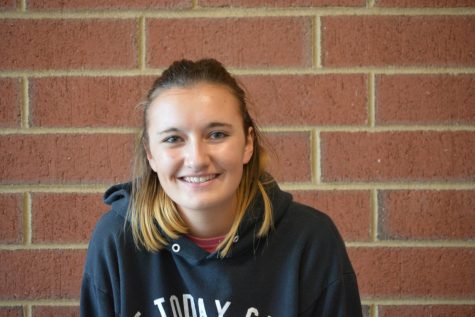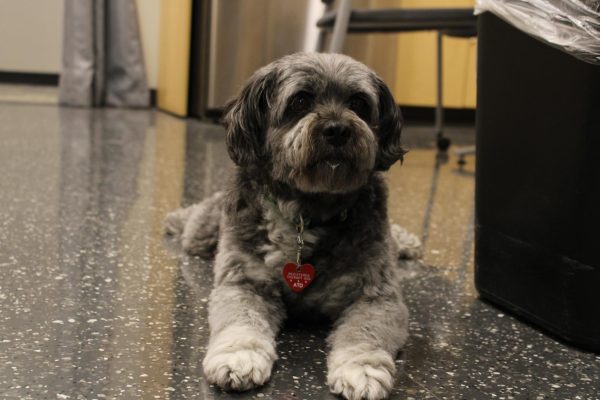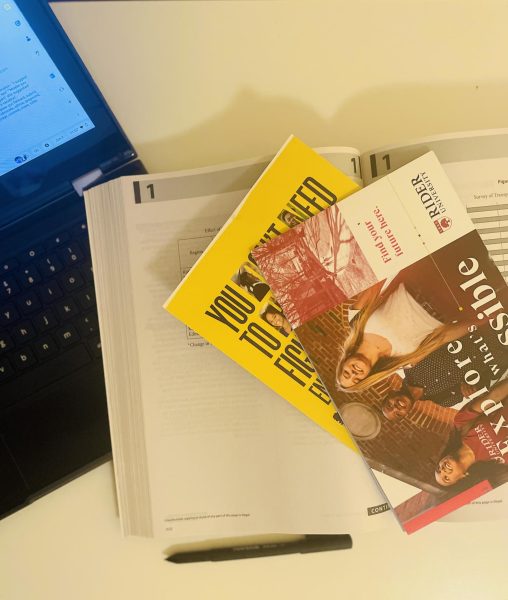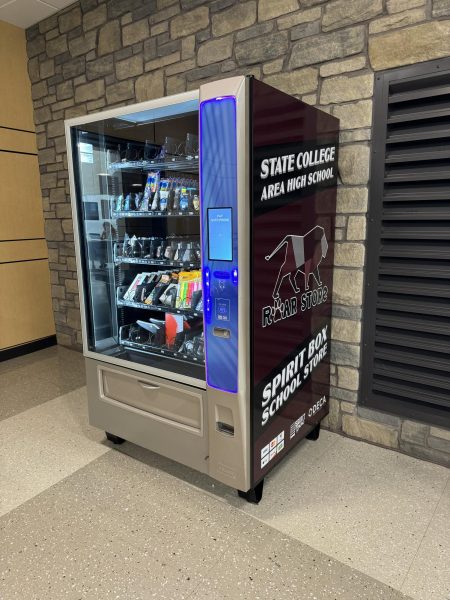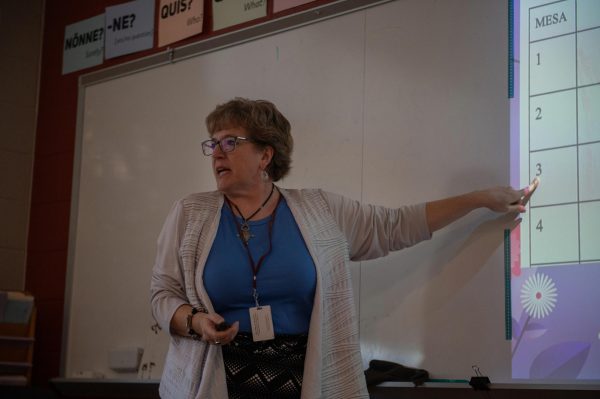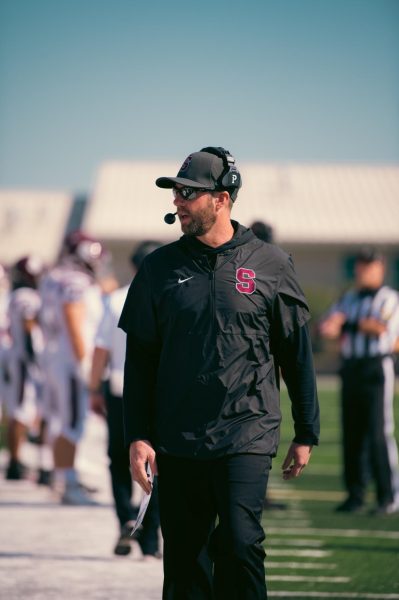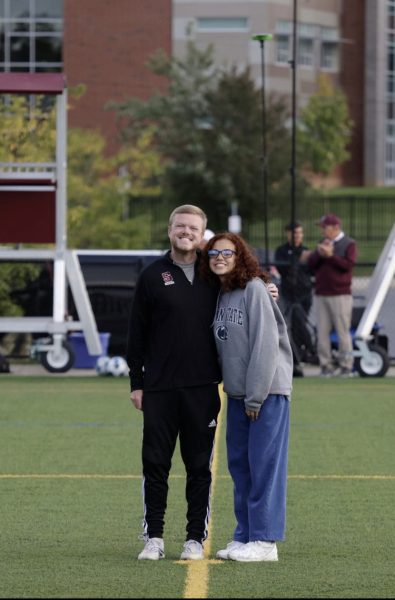Deaf Awareness Month
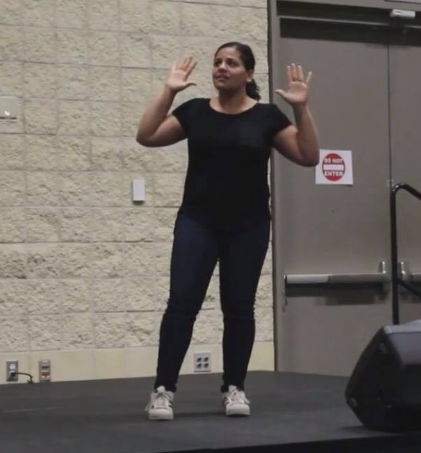
Gigi Gallegos taking part in a sign language competition.
October 7, 2019
Do you have a favorite song? That specific one you play on repeat again and again? Could you imagine, just try to, if you couldn’t hear that song anymore? What if everyone else could hear it, except you? How would that make you feel?
September is Deaf Awareness Month. A month to recognize those who can hear little or hear nothing at all.
We asked Dr. Seidenberg about deafness and how it can be caused in one’s life. “Infections in the womb and genetic syndromes are two common causes,” Dr. Seidenberg said. She continued, “I had a patient who was diagnosed as an older infant with deafness and she ended up having congenital CMV, which is an infection.” Deafness can come from many different things. Other than infections or syndromes, deafness can occur if an infant is premature, low in weight, or born injured.
Many also wonder how an infant is tested for deafness.“The most common way in older children and adults is pure tone audiometry, in which patients indicate whether they hear tones at different decibels and frequencies. Newborns and babies are tested though, using Automated Auditory Brainstem Response (AABR),” said Dr. Seidenberg. She went on to say that since 1997, newborn babies are to have a standard screening right in the nursery after they’re born for signs of deafness. If a newborn does not pass the standard screening for the first time, they are required to come in a second time usually a few days or up to a week after the first screening has taken place to have the screening done again.
The National Institute of Deafness and other Disorders (NIDCD) can attest that “2-3/1000 babies are born with hearing loss in one or both ears.” To better put this in perspective, 90% of deaf children are born to hearing parents. 15% of adults report having hearing loss. About 28 million adults, ages 20-69, reported having hearing loss. This doesn’t show that all of these people cannot fully hear. There are different types of hearing loss.
“Mild deafness is not hearing less than 26-40 decibels. Moderate deafness is not hearing less than 41-55 decibels. Moderately Severe is 56-70 decibels. Severe deafness and Profound deafness is not hearing tones less than 90 decibels,” Dr. Seidenberg explained. Decibels are the intensity of sound on a scale. It is a measure of how much sound is able to be received by one.
It’s a lot to wrap the human mind around, but it opens many eyes to the importance of being aware when Deaf Awareness Month comes around, and even just in everyday life.
It is also a privilege to get into the Psychological side of this awareness from the providers Psychology Guide. Going in-depth on the psychological matter of deaf awareness makes others aware that some struggles that deaf teens may experience consists of one, loss in verbal interaction, which usually means they don’t have an opportunity to express themselves through speaking. Secondly, having difficulty making out things around you may increase the risk of isolation. Thirdly, loneliness. A teen may be more prone to isolate themselves from those around them with a fear or anxiety of lack of communication skills. Lastly, a teen may be prone to lack in self-identity with the fact that they cannot hear. It limits their interactions with others and limits them from verbally expressing themselves. A positive note to this limitation though, is that a teen is more prone to identifying interests and desires that make them who they are. Those are just some ways a deaf teen may struggle. But what others can see through this is that deaf adults, teens, and children are strong. It’s a choice they have to make daily to interact with others. A choice to be who they are and a choice to grow. I can say for many, we are proud of the deaf. Proud to spread awareness of the deaf this month. Proud to be aware of the strength they carry and how they encourage everyone through something that is simply called a disability.

